When people started bottling water for the first time in the seventeenth century, they did it with glass bottles. This practice remained the main water-bottling option until the 1970s.
In 1971, Nathaniel Wyeth, an engineer working for DuPont, invented a new kind of BPA-free and recyclable plastic: polyethylene terephthalate (PET). Since then, PET has dominated the water bottling industry because it’s much cheaper than glass.
Nowadays, few people want to buy PET bottles because the material is still not eco-friendly, no matter how recyclable it is. It’s also not biodegradable, and contrary to bottled water brands’ claims, less than 30% of PET bottles are recycled.
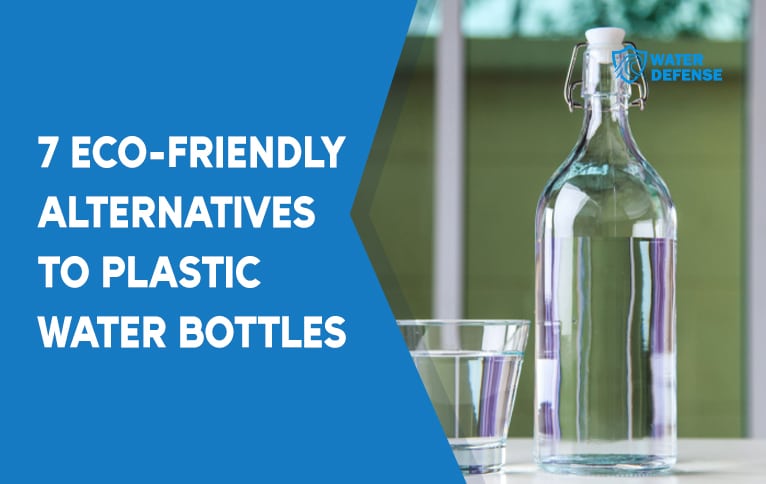
So, it’s best to seek alternatives to PET bottles. We put together this guide for those who don’t know where to start.
Eco-Friendly Plastic Bottle Alternatives
1. Glass
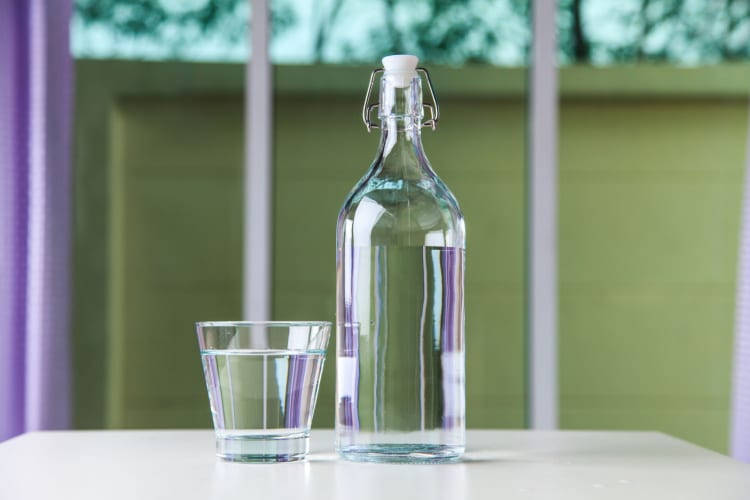
PET may have dethroned glass during the last couple of decades, but with the rising eco-consciousness in our society, glass is making a comeback.
Glass can be recycled infinitely without losing its quality. It’s also completely non-toxic, so you don’t need to worry about microplastics dissolving into your bottled water.
Additionally, glass is the best bottling option for spring and mineral water because it preserves its distinct taste and content. That’s why experts recommend collecting spring water in glass bottles.
Mountain Valley, Perrier, Acqua Panna, Saratoga, and Antipodes are the most prominent bottled water brands that utilize glass.
2. Aluminum

Aluminum doesn’t have as long a history in the water bottling industry as glass does, but lately, it’s starting to be considered a worthy, albeit less luxurious, alternative to it. Like glass, aluminum is infinitely recyclable, and it doesn’t lose its properties no matter how much it’s recycled.
Bottled water brands utilize aluminum in two ways: aluminum cans that look like beer cans and refillable aluminum jugs. While brands like Liquid Death prefer the former, Mountain Valley and Waiākea have opted for the latter.
3. Cardboard
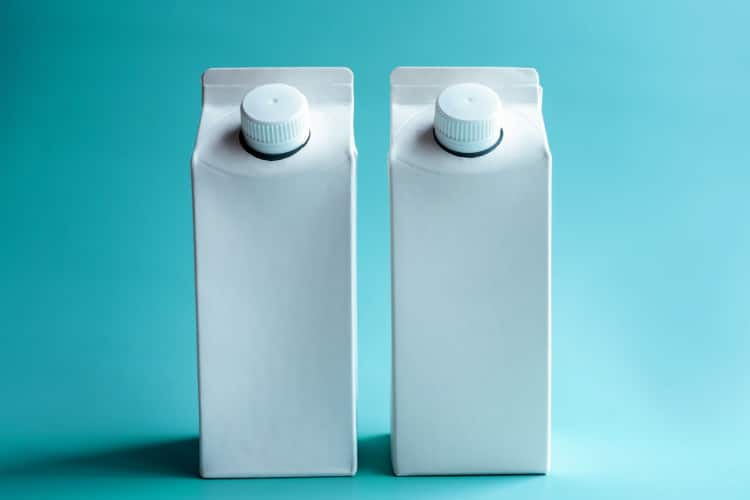
If we use cardboard boxes to contain our milk, coffee, or fruit juice, why shouldn’t we use them to hold our water?
Despite the 100% recyclability and biodegradability of cardboard, its use in water containment is relatively recent. In 2015, Jaden Smith saw how much plastic waste was in the Pacific Ocean and founded an eco-friendly bottled water company, Just Water. The company’s bottling choice was cardboard — and this was the first time that a cardboard box was used as an industrial-scale water container.
Other brands that use cardboard are Flow Alkaline Water and, more straightforwardly named, Boxed Water.
The only downside to using cardboard is that, unlike aluminum or glass, cardboard loses its integrity when recycled.
4. Bag-in-Box
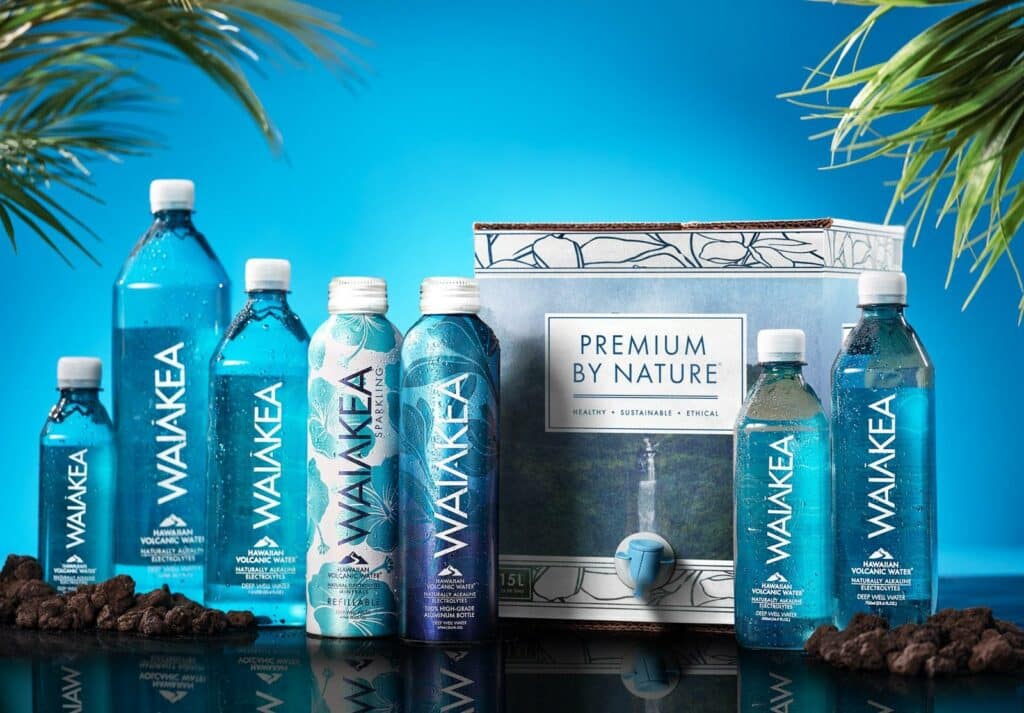
Bag-in-box is a very new water bottling method employed by a handful of brands, the most prominent being Waiākea. It consists of a bag of water (usually made of several layers of metalized film) placed inside a cardboard box, and it’s an eco-friendly alternative to plastic bottles as it’s refillable and reusable.
A bag-in-box also contains more water than plastic, glass, or aluminum bottles. Waiākea, for example, offers 10-liter and 15-liter options for its bag-in-box products.
Of course, such high water volumes mean that the bag-in-box water can’t be consumed straight from the box as water in PET, glass, or aluminum bottles can. However, they come with spigots to fill your jug whenever you’re thirsty.
5. Stainless Steel
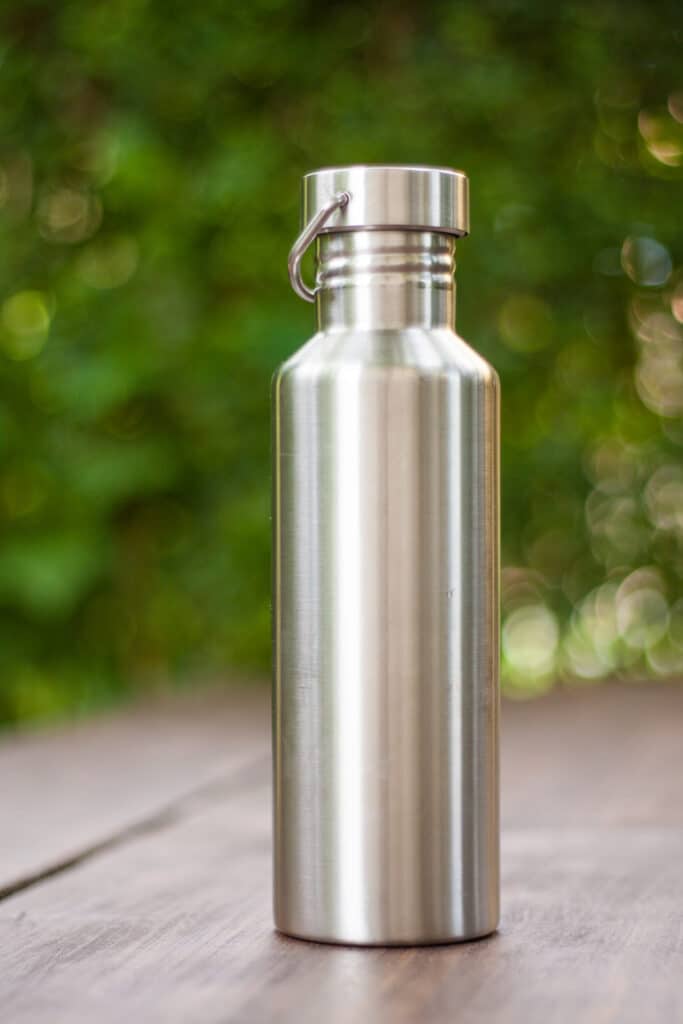
Bottled water brands don’t offer water in stainless steel jugs as production would be too expensive. But you can still purchase a stainless steel water bottle to carry water around.
Stainless steel is one of the most popular alternatives to plastic for water containment. This is because it’s BPA-free, infinitely reusable, and refillable, and most stainless steel options have excellent heat insulation.
6. Ceramic
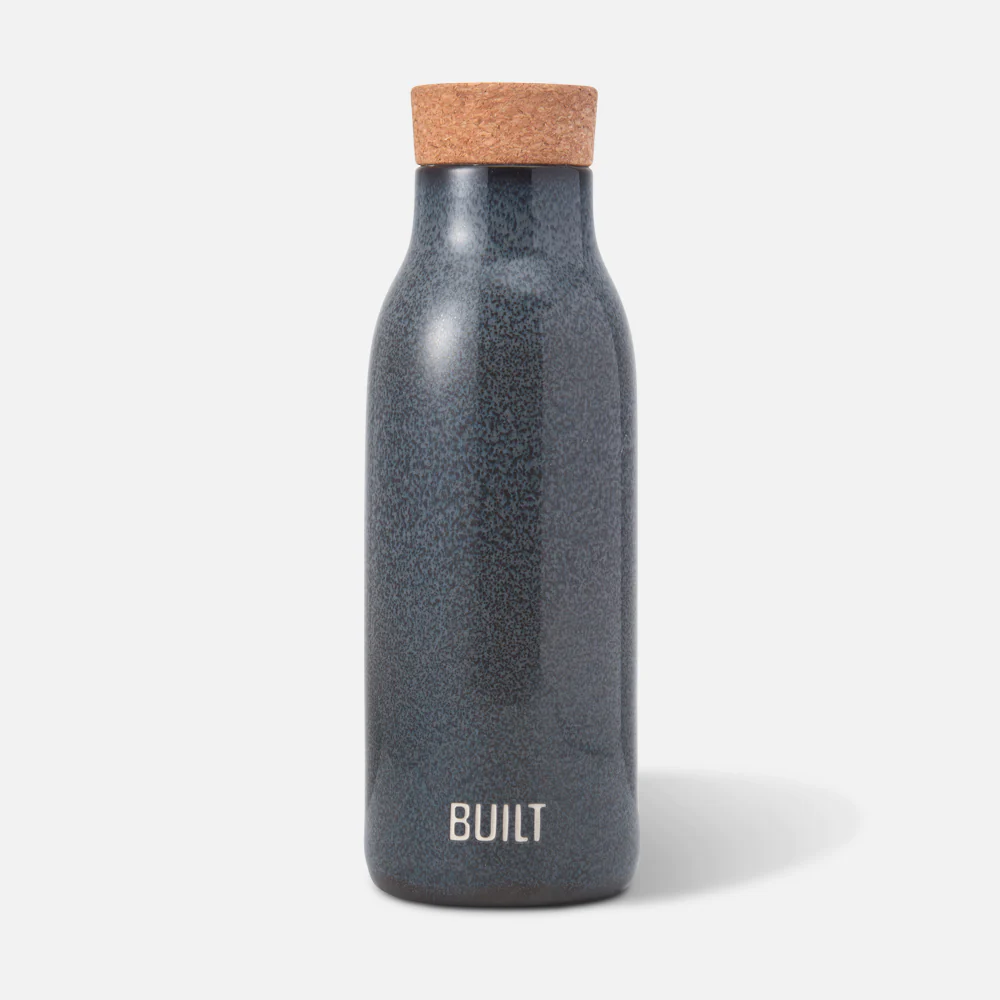
Like stainless steel, ceramic isn’t part of industrial water bottling, but there are ceramic jugs on the market that you can fill and use on the go.
Like glass, ceramic doesn’t contain toxic properties, BPA, or any other contamination risk. It’s also much more durable and eco-friendly than plastics.
If you value aesthetics, let us tell you that ceramic looks quite stylish as a water bottle.
7. Silicone
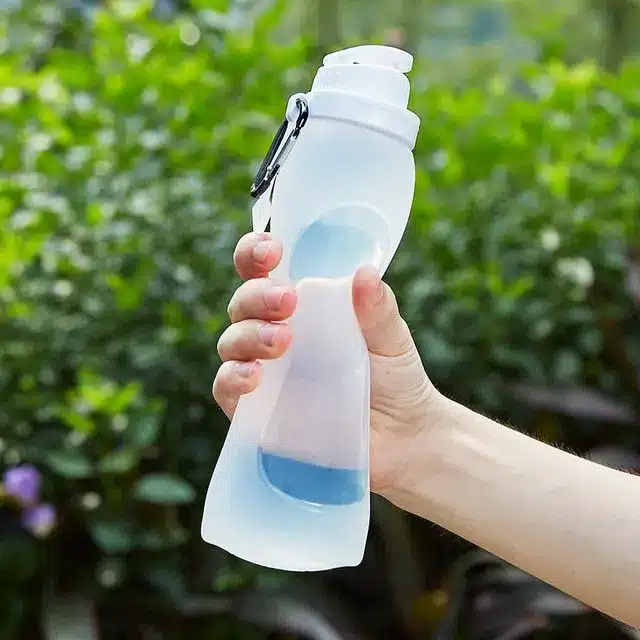
Silicone is in the same category as stainless steel and ceramic, as bottled water brands do not use it. Yet, silicone jugs are popular among consumers as an eco-friendly alternative to plastic bottles.
Silicone doesn’t have any taste, odor, or toxic properties, so you won’t need to worry about the bottle changing the makeup of your water. However, unlike glass, aluminum, or stainless steel, silicone loses its quality when recycled.
Yet, silicone is an excellent lightweight option if you don’t want relatively heavy water bottles, such as stainless or ceramic.
